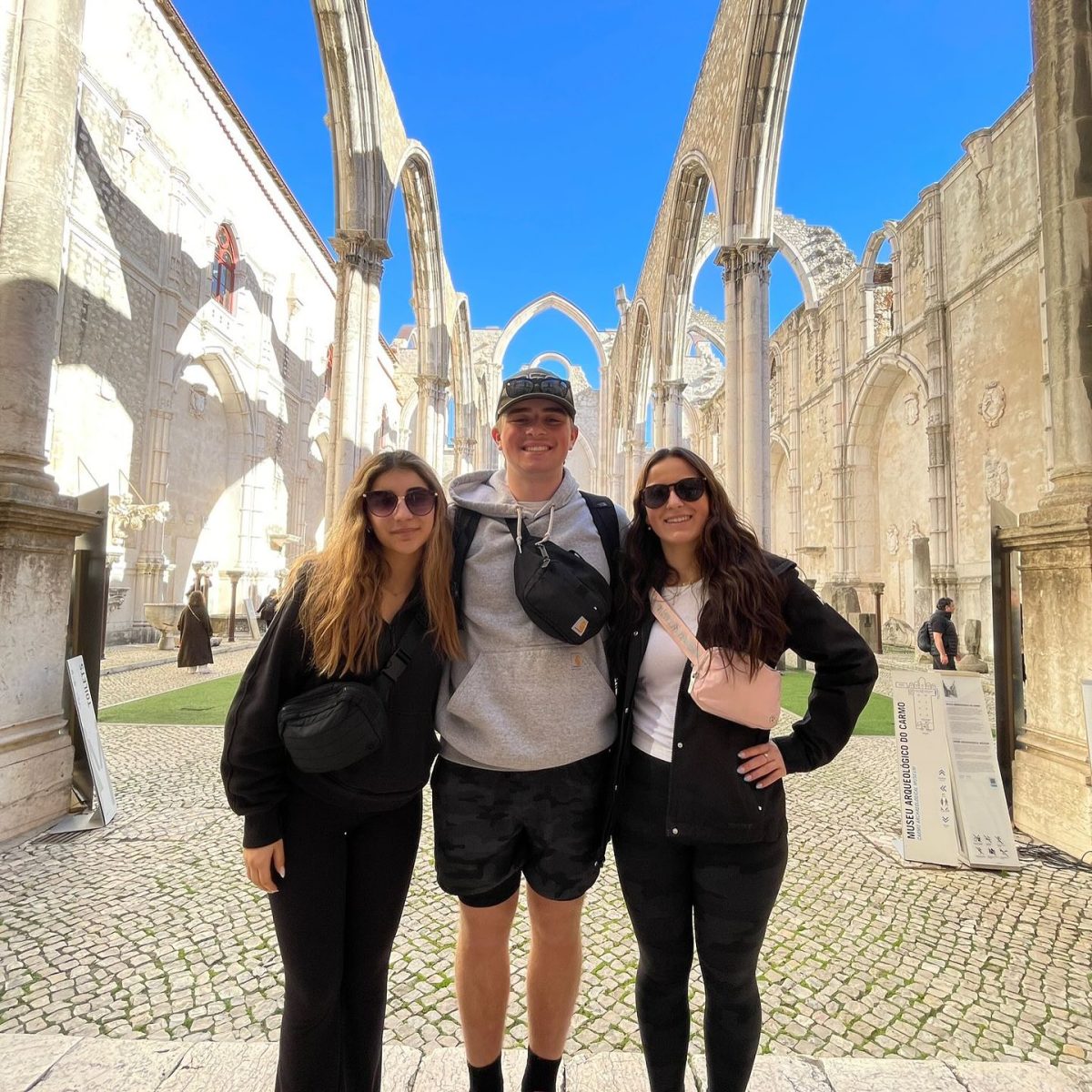by Aimee Farquharson
Senior Christina Joyce is getting ready to say goodbye, not to go to college, but to spend a year in Washington, DC serving in the City Year program.
In America one million students drop out every year – half come from just 12 percent of schools. City Year associates work in these schools to prevent students from dropping out. It is a gap year program that has 24 locations in cities around the United States. City Year sets up teams of young people called corps members to serve full time in schools for 10 months working to improve student attendance, behavior and course performance in English and math.
“I am really excited to meet new people (both the people I am serving with and the children),” Joyce said. “I also am excited to live in the city, but I’m most excited about gaining experience of working with children and seeing the injustice in the schools.”
Joyce found out about City Year on her own .She researched many different gap year programs, most being in other countries, but she fell in love with the City Year program because she felt it would prepare her for a career she would want. “I might want to go into a career that involves working with inner city children, and I didn’t want to go into that blindly,” she said.
Senior Corinne Catanzaro will be spending a year serving in City Year stationed in Baton Rouge, Louisiana. When she found out she was accepted, Catanzaro said, “I don’t think I’ve ever been that excited about something. I was more excited about this than I was about college.”
City Year has a very demanding application process. Every applicant has to write two essays and submit two recommendations. “The hard part was the essays,” Catanzaro said. “They asked me why I want to do City Year only using 500 characters, and it was difficult to write a paragraph that didn’t sound cliché.”
“The application process was scary because we had to do phone interviews,” Joyce said. City Year uses phone interviews to get to know their applicants on a more personal level.
City Year has a difficult selection process. Last year, roughly 1 in 5 applications to City Year were offered a spot with the current corps. Joyce was really surprised because “I heard it was hard to get into, and I knew of many people who haven’t gotten in.”
Both Joyce and Catanzaro will be living in cities thousands of miles from home. “I’m most nervous about being sent into the real world,” Catanzaro said. “In college you’re in a dorm with other students and your tuition is paid or going to be paid, but I will be living in an apartment and I’ll have to pay my own bills (rent, electricity, utilities). I also have to transport myself from home to my school and to run errands. It’s scary.”
Joyce and Catanzaro will receive a monthly stipend from Americorps. The stipend is meant to pay for rent and utilities, but some members of City Year get a weekend job to pay for activities and spending money.
City Year is very beneficial to recent high school graduates looking to attend college. Along with a yearly scholarship from Americorps, City Year sponsors Give a Year Partners, which are colleges and universities that provide partial or full tuition scholarships to City Year alumni.
Both Joyce and Catanzaro plan to attend college in the following year. Joyce is planning to attend Clark University, and Catanzaro is undecided. “I just wasn’t ready to jump into college right after high school,” Catanzaro said.






